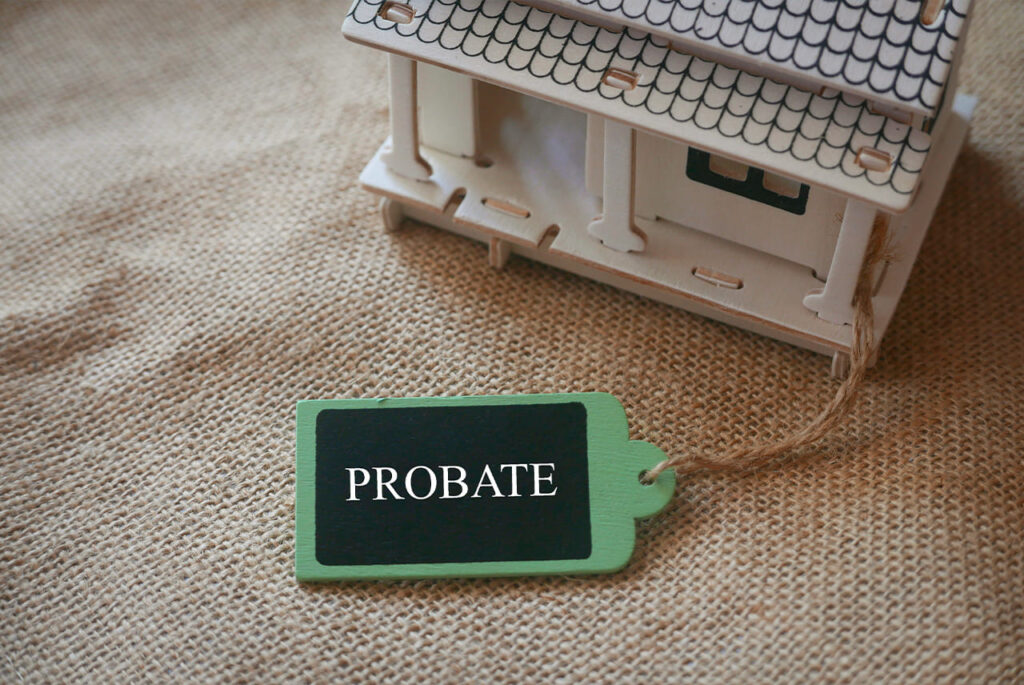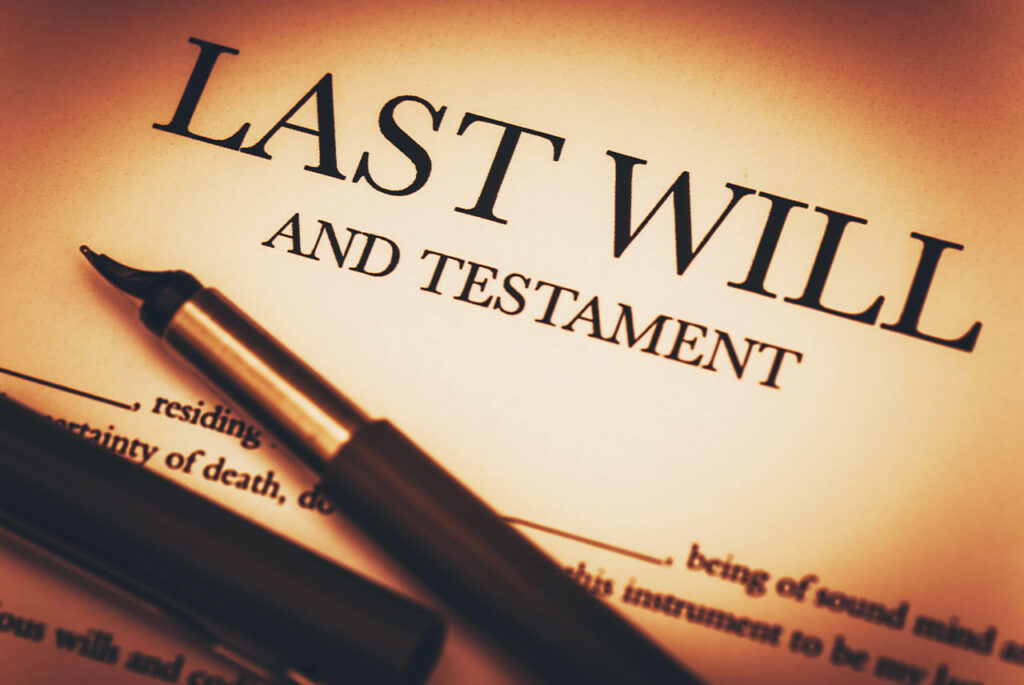
Creating a valid and enforceable will in New York is an essential step in estate planning.
Here’s a 10-step guide to help you draft your own will while ensuring it complies with New York laws and requirements:
1. Determine Your Assets and Beneficiaries:
- Make a list of all your assets, including real estate, bank accounts, investments, personal property, and any other valuable possessions.
- Decide who you want to inherit your assets, including family members, friends, charitable organizations, or other beneficiaries.
2. Choose an Executor:
- Select a trustworthy and responsible individual to serve as the executor of your will. This person will be responsible for administering your estate, paying debts and taxes, and distributing assets according to your wishes.
3. Consider Guardianship for Minor Children:
- If you have minor children, designate guardians who will care for them in the event of your death. Choose individuals who share your values and are willing and able to take on this responsibility.
4. Draft Your Will:
- Write your will using clear and unambiguous language. Include your full name, date of birth, and address.
- Clearly state that you are of sound mind and executing the will voluntarily.
- Specify how you want your assets to be distributed among your beneficiaries.
- Name your chosen executor and alternate executor in case the primary executor is unable to serve.
- Include provisions for guardianship of minor children if applicable.
5. Sign Your Will:
- Sign your will in the presence of at least two witnesses who are not beneficiaries or closely related to beneficiaries.
- Witnesses must also sign the will in your presence and in the presence of each other.
6. Consider Adding a Self-Proving Affidavit:
- Include a self-proving affidavit with your will, signed by you and your witnesses, and notarized by a notary public.
- A self-proving affidavit helps expedite the probate process by providing sworn statements attesting to the validity of the will without the need for witness testimony in court.
7. Store Your Will Safely:
- Keep your original signed and witnessed will in a safe and secure location, such as a fireproof safe or a safe deposit box.
- Inform your executor and trusted family members or friends of the location of your will.
8. Review and Update Your Will Regularly:
- Review your will periodically, especially after major life events such as marriage, divorce, birth of children or grandchildren, or significant changes in your financial situation.
- Make updates or revisions to your will as needed to ensure it reflects your current wishes.
9. Consider Consulting with an Attorney:
- While it’s possible to draft your own will, consulting with an experienced estate planning attorney can provide peace of mind and ensure that your will complies with all legal requirements and addresses complex issues.
- An attorney can also help you minimize estate taxes, protect assets, and create a comprehensive estate plan tailored to your specific needs and goals.
10. Inform Your Loved Ones:
- Communicate with your loved ones about your estate plan and the contents of your will.
- Provide copies of your will to your executor and key family members or beneficiaries, and discuss your wishes openly to avoid confusion or disputes after your passing.
By following these steps and carefully drafting your will in accordance with New York laws, you can ensure that your final wishes are documented and legally enforceable, providing peace of mind for you and your loved ones.
Call us with questions.
+1 212 518 3868


